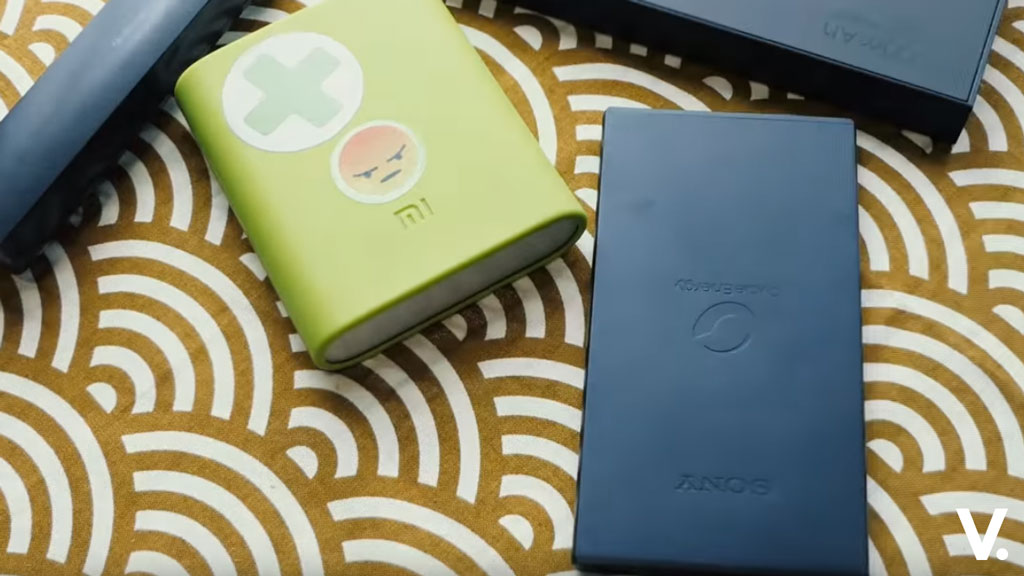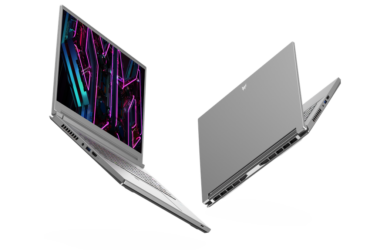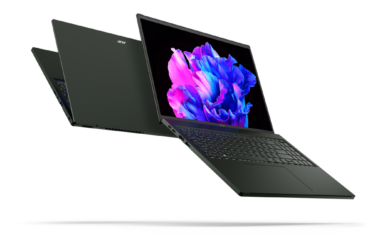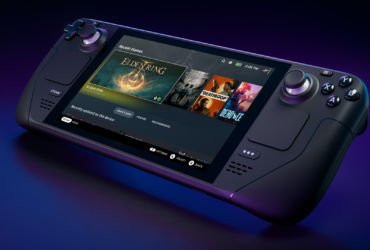
Amidst the doom and gloom of the PC industry in circa 2010, Intel looked to invigorate PC sales with the introduction of a whole line of computers in 2011 – the Ultrabook. Positioned as powerful, ultrathin notebooks with fantastic battery life, ultrabooks were seen as the answer to not only plunging PC sales, but to meet growing consumer demands for mobile devices.
Ultrabook, the growing trend
Market research firm IHS iSuppli in a report estimated in 2012 that worldwide shipments of ultrabooks would hit 83 million units in 2013, and continue the upward trend to reach 239 million units by 2016. In a separate report by Juniper ultrabooks are set to hit 178 million unit sales. The market research firm describes future outlook as ‘bullish.’ Juniper also predicts 253 million unit sales for tablets.
The growth of ultrabooks has also bolstered flash-based storage business namely solid-state drives (SSD) which grew 124% in 2012, and NAND-flash memory.
With a huge marketing push, ultrabooks did not take off as well as expected mostly due to the rise of tablet computing, and generally high price of the ultrabooks. Powered by 3rd generation Intel Core processors codenamed “Ivy Bridge”, ultrabooks delivered responsiveness, improved power efficiency, better security and better performance than conventional notebooks. With battery life of 5-7 hours and instant power-on, ultrabooks changed the outlook of notebook computing. One of the very first ultrabooks was the very successful Acer Aspire S3 and follow up Aspire S5.
Ultrabooks later evolved into other innovative form factors, no longer limited to the traditional clamshell designs. Intel Core processors, being low-powered with powerful integrated graphics spawned the introduction of slimmer, sexier devices, including touch- and voice-enabled, and convertible form factors.
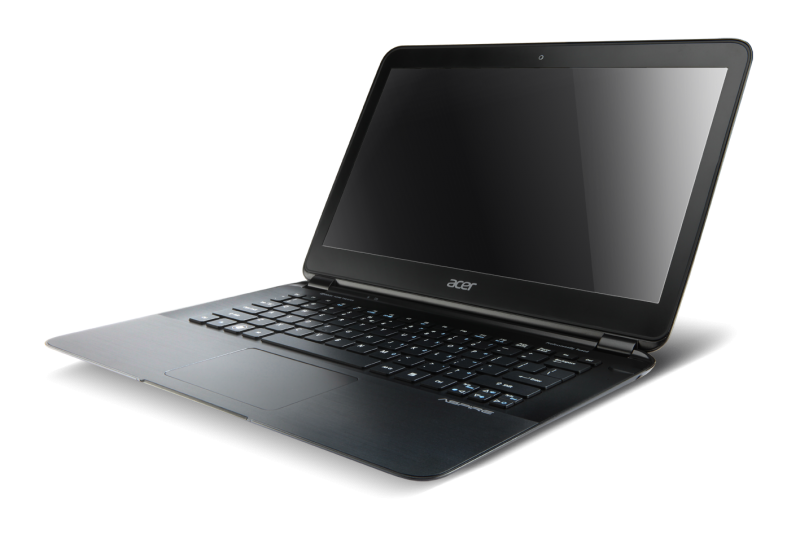
The Year of the Ultrabook
Intel declared 2012 as “The Year of the Ultrabook”, and perhaps its was. Ultrabook adoption improved and was also bolstered by the big launch of touch-friendly Windows 8. The new Windows kickstarted much innovation in hardware design – giving birth to hybrids, convertibles and new generation all-in-ones (AIO).
If it is anything to go buy, hardware designs are expected to continue to evolve, as manufacturers attempt to differentiate themselves amongst the competition. And already, the loose term “2-in-1” is already beginning to be used widely. While still clearly undefined, “2-in-1″s are really notebooks that are tablets and vice versa. Hybrids or convertibles.
Hello, Haswell!
The recent introduction of 4th generation Intel Core “Haswell” ushers in the new “2-in-1” device trend. The new processor family was designed from ground up for the Ultrabook platform, and represent a significant leap in delivering great battery life, processing and graphics performance and unique hardware designs. Thanks to the cutting-edge 22nm process technology, and Intel’s 3D Tri-Gate Transistor technology, these new line of processors pack performance and cutting edge features and supports much thinner, lighter devices.
The new generation Intel Core processors push the boundaries of performance of the ultrabook even further, while still maintaining the DNA of what ultrabooks represent.
Thinner is better
The trend is heading towards even thinner, slimmer devices. Ultrabooks are now 20mm or less in thickness for systems with displays smaller than 14 inches. Some are much thinner.
Instant on
Ultrabooks are designed to wake up instantly – in deep sleep state to screen on in less than three seconds. Wake up from sleep is almost instant. The latest ultrabooks also support pull data with minimal power consumption, even when asleep.
Goodbye cables, hello WiDi
Intel Wireless Display (WiDi) is a feature now available on ultrabooks which enable multi-screen touch capabilities on Windows 8, with low-latency, low power panel refresh and smooth playback on external displays.
Voice control
Dual element array microphone built into ultrabooks takes advantage of local processing power to execute voice commands – controlling media playback, updating social networks or performing web searches.
Long Life
One of the biggest gains with the 4th generation Intel Core family is battery life. The latest ultra book devices offer more than six hours of full HD media playback, and over nine hours of idle power. Standby power can be more than seven days.
Safe and secure
Intel Anti-Theft (Intel AT) is built-in to ultrabooks, to enable lockdown of an ultra book if it’s lost or stolen; and also anti-virus and anti-malware protected with Intel Identity Protection technology.
Fast I/O
Ultrabooks feature the fastest I/O technologies available – USB 3.0 and Thunderbolt for fast transfer capabilities.
Ultrabooks forward
In its third year of existence, ultrabooks represent a refreshing new product category in the PC industry. As it drives the PC industry on and continues to grow, expect to see significant amount of new designs, features and capabilities in the coming months and years. Intel’s innovation in processor technology, as seen in the 4th generation Intel Core family, should be a key driver in bringing a better computing experience to consumers.



